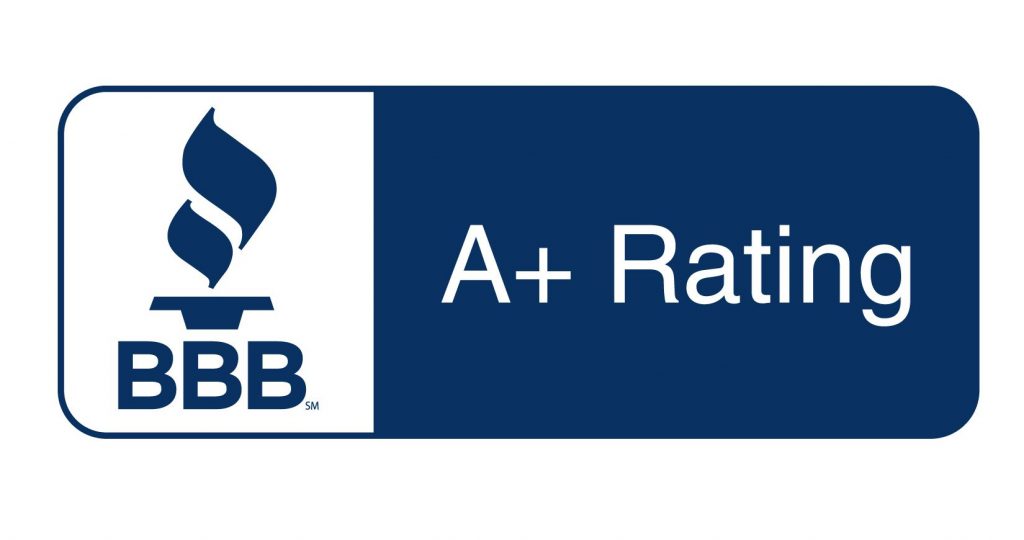As the Medicare Annual Election Period (AEP) approaches, you’re likely seeing more ads promoting Medicare Advantage plans that “put money back in your Social Security check.” These are known as Part B giveback plans, and they’re becoming increasingly popular with cost-conscious Medicare beneficiaries.
But what exactly are they? And are they too good to be true?
We’re going to break down how Part B giveback plans work, who qualifies for them, and the pros and cons you should consider before enrolling. If you’re shopping for coverage this AEP, understanding these plans could help you make a more informed decision.
What Is a Part B Giveback Plan?
A Part B giveback plan is a type of Medicare Advantage (Part C) plan that offers a rebate on your Medicare Part B premium, which, for most people in 2025, is $185 per month.
Normally, your Part B premium is deducted automatically from your Social Security check. When you enroll in a giveback plan, the insurance company pays part (or all) of that premium on your behalf, and your monthly Social Security payment increases by the amount of the giveback.
Here’s what it’s not:
- It’s not a bonus check sent directly to you by the insurance company.
- It’s not extra income or a refund of past payments.
- It’s not available to everyone.
The giveback is simply a reduction in what you owe for Part B, and the effect is seen as an increase in your Social Security deposit.
How the Giveback Works
Medicare Advantage plans are private insurance plans approved by Medicare to provide your Part A and Part B coverage. These plans receive a fixed payment from Medicare each month for every person enrolled. Some insurers choose to use part of that payment to offer extra benefits, like the Part B giveback.
Here’s how it typically works:
- You enroll in a Medicare Advantage plan that offers a Part B premium reduction.
- The plan notifies Medicare of the giveback amount.
- Medicare reduces the amount it withholds from your Social Security check for Part B.
- Your Social Security deposit increases accordingly, usually within one to three months after enrollment.
The giveback amount varies by plan and location. Some plans offer a small giveback of $10 or $20 per month. Others may cover the full Part B premium (though this is rare). Availability and amounts depend entirely on your ZIP code and the plans offered in your area.
Who Can Enroll in a Giveback Plan?
To be eligible for a Part B giveback plan, you must:
- Be enrolled in both Medicare Part A and Part B
- Live in the service area of a Medicare Advantage plan that offers the giveback
- Be responsible for paying your own Part B premium
That last point is especially important. If someone else is already paying your Part B premium (such as Medicaid or a Medicare Savings Program) you won’t benefit from the giveback, even if you’re eligible to enroll in the plan.
Also, not everyone will have access to these plans. They’re not available in every county, and even where they are, the giveback amount may differ between plans.
Pros of Part B Giveback Plans
There’s no doubt that giveback plans are appealing—especially for people on a fixed income. Let’s talk about the potential benefits.
More Money in Your Social Security Check: The most obvious perk is the increase in your monthly Social Security benefit. Even a $30–$50 giveback can make a meaningful difference over time.
No Extra Premiums: Most giveback plans are $0 premium Medicare Advantage plans. That means you could potentially pay nothing out of pocket for premiums, while still getting access to benefits like dental, vision, and hearing.
All-in-One Coverage: Giveback plans often include Part D drug coverage, wellness programs, telehealth services, and more. They can be convenient and cost-effective for people in relatively good health.
Cons and Considerations
Before jumping into a giveback plan, it’s important to understand the trade-offs. Sometimes the savings on your premium come with higher costs or more restrictions elsewhere.
Higher Out-of-Pocket Costs: Giveback plans may have higher copays, deductibles, or coinsurance for doctor visits, hospital stays, or outpatient services. If you need frequent care, those costs can add up quickly.
Narrower Provider Networks: Medicare Advantage plans often restrict you to specific doctors or hospitals. Some giveback plans may have especially limited networks, which can be frustrating if your preferred providers aren’t included.
May Lack Certain Benefits: To offer the giveback, some plans may scale back other benefits like comprehensive dental coverage, over-the-counter (OTC) allowances, or robust drug formularies.
Not Available to Dual Eligibles: If you’re receiving Medicaid or help from a Medicare Savings Program, your Part B premium is likely already being paid for you. In that case, the giveback benefit won’t actually put money in your check.
Not Always the Best Overall Value: A plan that gives you $50 back each month may sound great, but if you pay hundreds more in out-of-pocket costs over the year, the net benefit could be negative.
Is a Part B Giveback Plan Right for You?
Like all Medicare Advantage plans, giveback plans aren’t one-size-fits-all. Whether one is right for you depends on several factors.
- Are you relatively healthy? If you rarely visit the doctor and don’t take expensive medications, you may benefit more from a plan with low premiums, even if it has higher copays.
- Do your doctors accept the plan? Always check the provider network before enrolling.
- Do you need extras like dental, hearing, or vision? Make sure the plan includes those benefits or be prepared to buy standalone coverage.
- What are the trade-offs? Consider what you’re giving up to get that extra $30–$50 in your check.
Ultimately, the giveback should be just one factor in your decision – not the only one!

Look for Medicare Advantage Plans Near You
Medicare Advantage Part B giveback plans can provide real savings, but they’re not for everyone. While the promise of a bigger Social Security check is attractive, it’s important to dig deeper into each plan’s total costs, benefits, and provider access.
As the Annual Election Period approaches, now is the perfect time to review your coverage options. At Carolina Senior Benefits, we help you understand your choices so you can make the best decision for your health and budget.
Contact us today to compare Medicare Advantage giveback plans in your area and find out if one is right for you.





